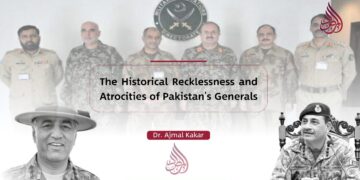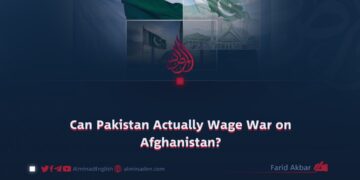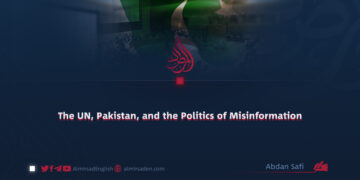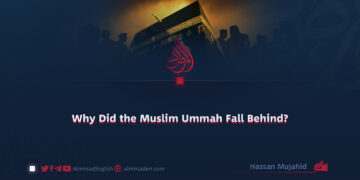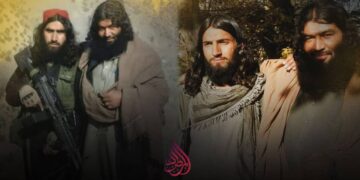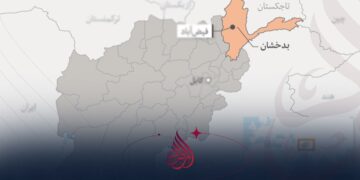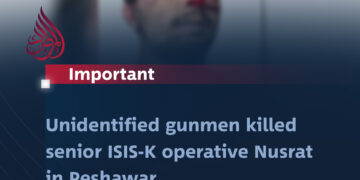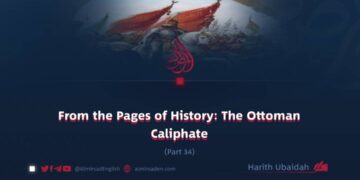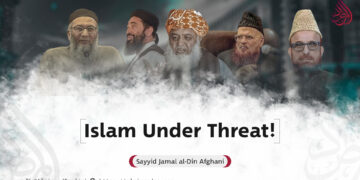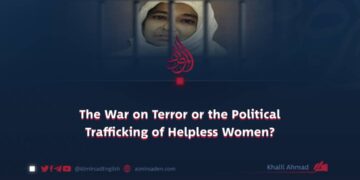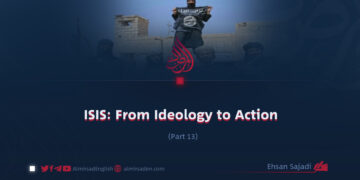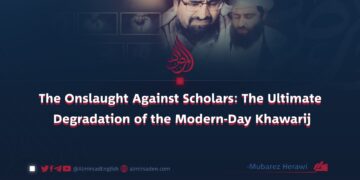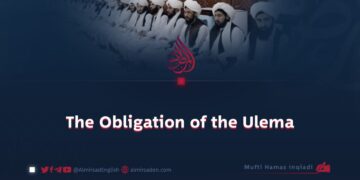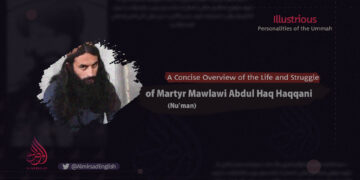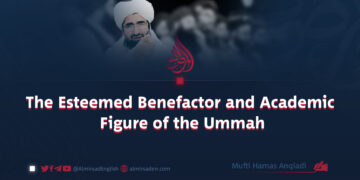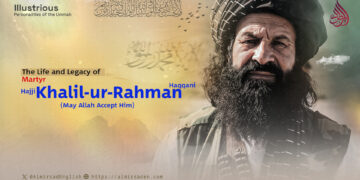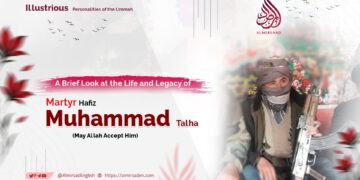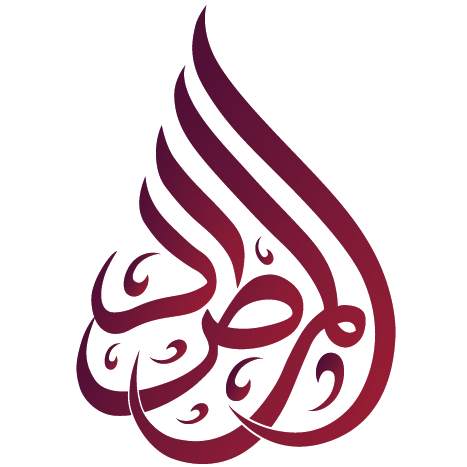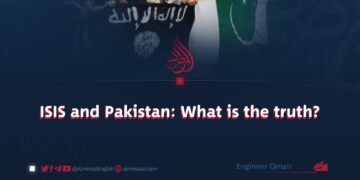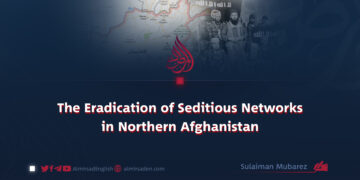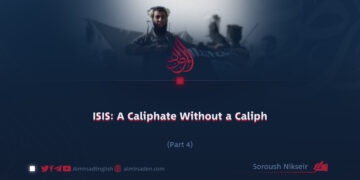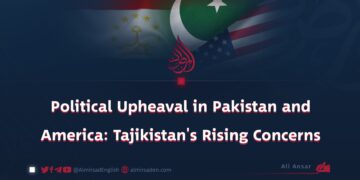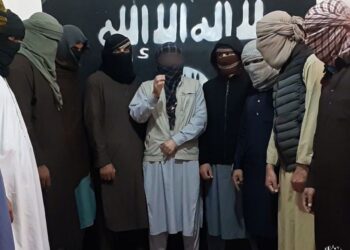Part 1
Author: Abu Rayan Hamidi
The Prophet Muhammad (PBUH) was sent as a messenger to a society steeped in darkness and ignorance. He made significant efforts to enlighten and educate this community, inviting them with exemplary character and teaching the path of Islam through kindness and gentleness. His approach to conveying the message of Islam became a source and model for future generations in the principles of dawah (invitation to Islam).
Instead of responding positively to his invitation, this society denied his message, mocked, and ridiculed him. Not stopping at mere rejection, they even plotted to kill him.
At that time, Mecca became a place of immense hardship for the Prophet Muhammad (PBUH). He could neither find peace while awake nor rest while asleep. The polytheists of Mecca tried to extinguish the light of his message. However, with the divine support of Allah, the Prophet (peace be upon him) emerged safe from this hostile environment, and the malicious plans of the disbelievers were thwarted.
The Prophet eventually migrated to Medina, which provided him with a calm and suitable environment for spreading the message of Islam. After his arrival, Medina became a haven of security and brotherhood. Even the deep-rooted enmity between the Aws and Khazraj tribes turned into unity and solidarity.
However, the Prophet (peace be upon him) faced two main threats during this time. The first threat was from the Quraysh, who might consider it necessary to act against the growing Islamic state in Medina. The Prophet (peace be upon him) had established a strong state with political and economic ties to its neighbors, which the Quraysh viewed as a potential challenge to their future. They repeatedly sent warnings and threats to the Prophet, declaring that migration to Medina would not save him from their reach. This danger caused the Prophet to spend sleepless nights worrying about his companions.
The second threat came from the Jews, a tribe known for their cunning and deceit. They repeatedly exhibited the behavior expected of them, acting like a cancerous tumor that poisons any society it inhabits. They openly displayed hatred and enmity toward the Prophet, secretly plotting against him.
At that time, the Prophet (PBUH) was not yet commanded to engage in combat or jihad. Instead, he was instructed by Allah to be patient, despite the immense hardships faced by him and his companions. They adhered strictly to Allah’s command, waiting eagerly for permission to fight back, so they could repel oppression and safeguard their Islamic system from both hidden and overt conspiracies.
Finally, in the second year after the migration (Hijrah), this wait came to an end. Allah granted the Prophet and his companions permission for jihad, and the following verse was revealed:
“أُذِنَ لِلَّذِينَ يُقَٰتَلُونَ بِأَنَّهُمۡ ظُلِمُواْۚ وَإِنَّ ٱللَّهَ عَلَىٰ نَصۡرِهِمۡ لَقَدِيرٌ” سورة الحج.
Translation:
“Permission [to fight] has been given to those who are being fought, because they were wronged. And indeed, Allah is competent to grant them victory.” (Surah Al-Hajj, 22:39)
Thus began the era of battles, where campaigns were launched to raise the flag of Islam’s glory and dignity across the world.
Biographers of the Prophet (peace be upon him) analyze the battles (ghazawat) in two ways. Some focus on battles where direct confrontations occurred between Muslims and disbelievers, with the Battle of Badr being the first of such encounters. Others analyze all expeditions, even those without combat, such as the Expedition of Al-Abwa, considered the first in this category.
In this series, the focus will be on battles where actual combat took place. The Prophet’s strategies, approach to warfare, lessons learned, wisdom gained from these events, and errors resulting from a limited understanding of the enemy will be analyzed.

